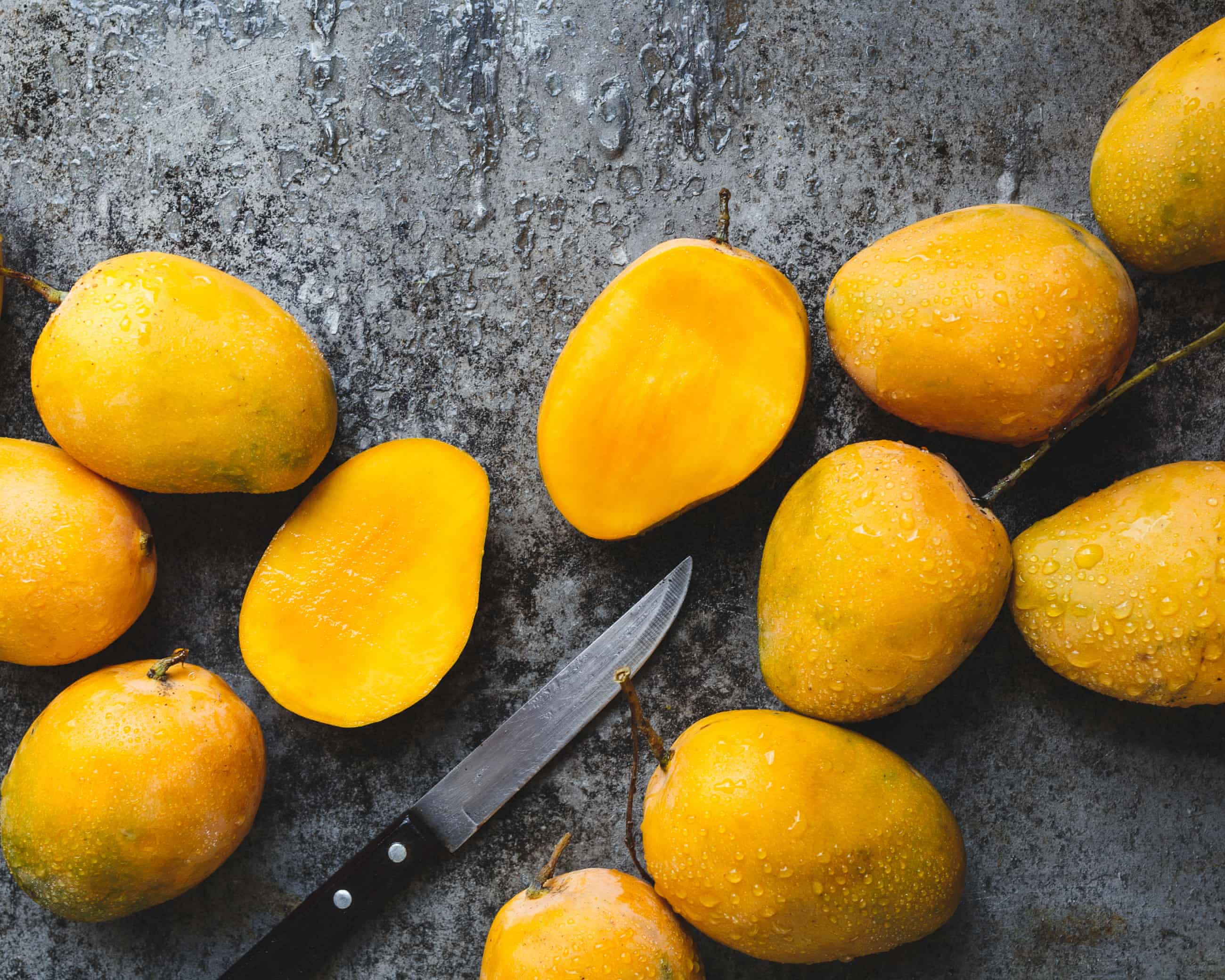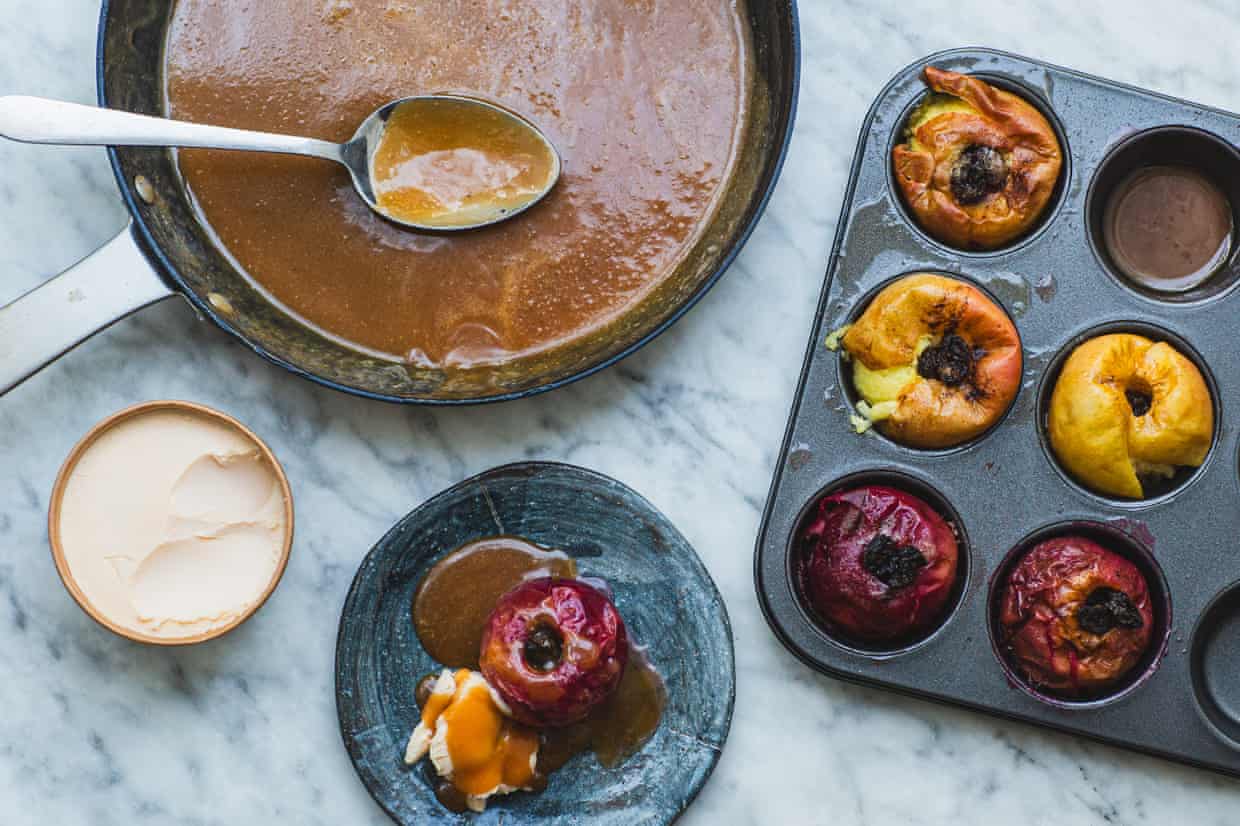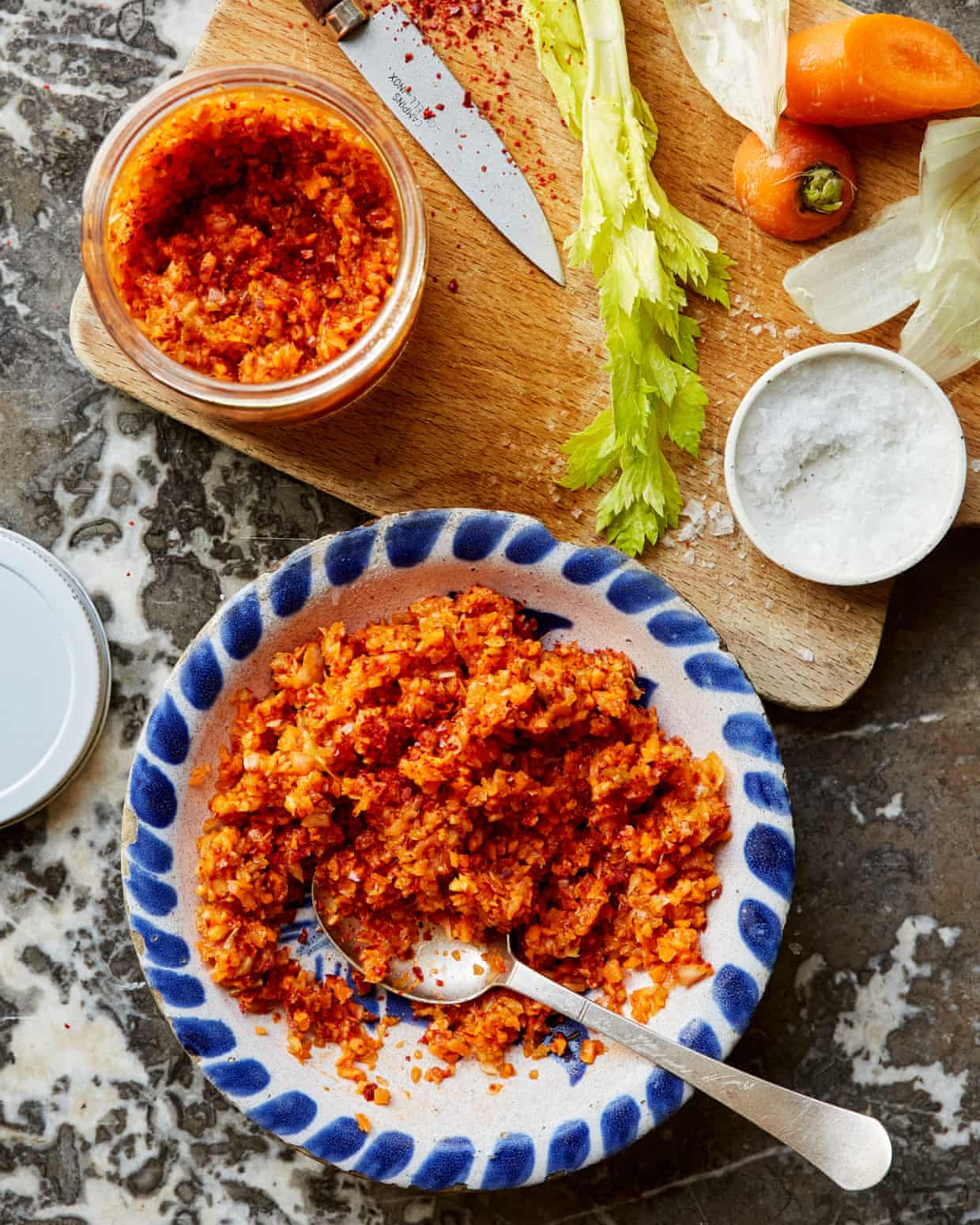The bond market is wrong. Reeves should not cut welfare to placate the City

There are less than three weeks to go,In the lengthy wait for Rachel Reeves’s autumn budget, the chancellor will on Monday get the first verdict on her tax and spending plans from the Office for Budget Responsibility (OBR),After the interminable weeks of speculation, kite flying and bad headlines, this moment matters,Has the widely anticipated fiscal gap of up to £30bn been filled? At what cost for growth, inflation, and living standards?Heading into this moment the chancellor can take some heart,Gilt markets have rallied in recent weeks, bringing down the cost of government borrowing.
What the OBR thinks is one thing.But the bond market is the intimidator-in-chief of governments the world over.The backdrop in global markets has helped in recent weeks.Falling US borrowing costs are a tailwind.Reeves has also succeeded in rolling the pitch for jittery investors in UK government debt by talking-up her commitment to fiscal discipline.
The negative space framing the chancellor’s otherwise vacuous speech last week was the acknowledgment that taxes will rise, spending could be cut,Keeping the bond market on side is important,There are plenty of voices arguing the dangers are overplayed,But Reeves is right to say there is “nothing progressive, nothing Labour” about risking a bond-market reaction that would drive up borrowing costs,However, there is a fine line to tread.
Bending to the bond market view is no risk-free bet.In the City, investors are looking for Reeves to be tough on public spending in particular.Doing so would send out the strongest message of budget discipline to the bond market – far more than a manifesto-busting round of tax hikes.As debt market analysts at Barclays put it last month: “Spending reform is now seen as a totemic issue by the market.” That Keir Starmer’s government foundered in its attempt to cut £5bn from welfare earlier this year was “a red flag from the perspective of the gilt market,” they said.
At the same time, bond investors worry big tax increases could torpedo Britain’s growth prospects.Doing so would lock the country in a debt-laden, low-growth doom loop.“The gilt market can see the more you’re sticking up taxes, the more that you’re trashing growth,” says Mark Dowding, the chief investment officer at the hedge fund RBC BlueBay.He would rather Reeves prevent a “culture of benefits dependency” from taking root by cutting welfare.“The tax burden is already historically high, and if spending continues to move on an upwards trajectory, you’re almost saying that taxes will need to continue to increase.
That doesn’t feel sustainable.”Reeves will need to be alive to the risk that tax rises could hit growth – the government’s No1 mission.The Bank of England could take some of the slack by cutting rates.But it is a gamble.A slowdown would sap tax receipts, living standards.
Efforts to balance the books and Labour’s re-election chances would take a serious knock.However, the welfare-cutting bias in the City is simplistic, misplaced, and could condemn Britain to a worse trajectory.”Cutting welfare might sound an attractive cost saver.Total spending in cash terms is rising at a dramatic rate: from roughly £300bn to about £370bn by the end of the decade – largely as a result of the pensions triple lock and rising disability and health-related benefit caseloads.Britain is an ageing and increasingly unwell nation, fuelled not just by simple demographic changes; but also an underperforming economy and crumbling public services.
A fifth of the population is of retirement age, and as life expectancy increases and the baby boomer generation reaches older age, these changes will only accelerate.The welfare bill is a reflection of this.Sign up to Business TodayGet set for the working day – we'll point you to all the business news and analysis you need every morningafter newsletter promotionAt any one time, the state makes benefit and pension payments to more than 24 million people.Pensioners get most of the money, with 13.1 million recipients.
Much of the rest goes to 10 million working-age adults, most through universal credit – where more than a third of claimants are in work.Despite these pressures, total welfare spending is projected to remain flat as a percentage of GDP up to the end of the decade.Tell this to the next person who says welfare spending is on an unsustainable path but holding the defence budget constant as a share of national income is a disaster.For all of the pressure on the state, overall working-age welfare spending is flat and similar to the levels in 2015.Cash spending on health-related benefits is rising, but as a share of GDP it is lower now than in the 1990s.
When push comes to shove, welfare cuts affect more people than might be immediately imagined in the othering narratives about welfare scroungers.Evidence shows health-related benefit cuts would drive up poverty, not employment.Meanwhile, taking money out of the pockets of vulnerable people would reduce spending in the economy.Raising taxes is not the only way to slow an economy to stall speed.Increasingly, there is recognition that Britain’s economic prospects have been undermined by the erosion of the country’s social safety net.
The debate at the last election was centred on boosting growth to fund public services and the welfare state.But this negates the point that the relationship between the two is symbiotic.The last decade and a half of austerity is proof enough.

$1.50 mangoes: Australia’s best-value fruit and veg for November
Kensington Pride, Calypso and Honey Gold mangoes are the juiciest of the crop right now – but avoid potatoes until prices come back downGet our weekend culture and lifestyle emailHot weather in the Northern Territory has been favourable for summer’s golden child.“Everyone should be eating mangoes right now,” says Josh Flamminio, co-owner of Galluzzo Fruiterers in Sydney.The mango abundance will continue throughout the month and will only get better as supply from Queensland increases. Flamminio is selling larger premium mangoes for $2.50 to $3 each, and smaller-sized ones for $1

How to turn the dregs of a tin of golden syrup into a delectable toffee sauce – recipe | Waste not
Lyle’s golden syrup comes in the most ornate and nostalgic of tins, but the syrup inside often proves almost impossible to extract entirely. Turn what might otherwise be wasted into this luxurious toffee sauce to savour on Bonfire Night, especially when drizzled generously over cinnamon baked apples with scoops of vanilla ice-cream.Apples transform beautifully when baked, turning this hyper-seasonal fruit into a super-simple yet decadent dessert. I prefer cox or braeburn varieties (ie, something not too large), so you can serve one apple per person.Gordon Ramsay’s recipes are my go-to for traditional techniques that deliver reliable results

Mirepoix kimchi and vegetarian umami chilli: Kenji Morimoto’s recipes for cooking with homemade ferments
Cooking with ferments brings a tremendous amount of flavour to whatever you’re making, and it’s a great way to showcase how an ingredient evolves through the application of heat. The idea of combining a Korean preservation method with a French technique is exactly what I love about creativity in the kitchen. This mirepoix kimchi is not just a fun ferment to dot on savoury oatmeal or eat alongside cheese, but it also acts as the backbone for a plant-based, umami-filled chilli.This versatile, umami-rich paste is a twist on the classic mirepoix and can be used to add a hit of flavour to everything from soups to marinades, or even enjoyed as is.Prep 10 min Ferment 2 weeks+ Makes 500ml jar150g carrot 150g white onion 150g celery 13½g salt (or 3% of the total weight of the first three ingredients)½ tbsp red miso, or fish sauce½ tbsp sugar 15g gochugaru chilli flakesRoughly chop the vegetables (there is no need to peel the carrots if they have been rinsed), then put them in a food processor

The many uses of leftover chutney, from breakfast to soups and glazes | Kitchen aide
Every Christmas I’m given chutney, and I still have four barely used jars. What to do with them before the next lot arrive? Christine, OxfordThis sounds like a job for Claire Dinhut, author of The Condiment Book, who also goes by the moniker Condiment Claire. She would approach this meal by meal, starting with breakfast. “It might not seem so obvious,” she says, “but I put Branston pickle on my avocado toast. If you think about it, you often add acidity, which is usually lemon, but chutney is punchy and has that same tang, as well as a bit of texture

Divine dining: Australian church restaurants claim their own devout followings
At these places of worship, secular and churchgoing diners place their orders for coffee, curry puffs and za’atar pastries, served with kindnessGet our weekend culture and lifestyle emailOn Sunday mornings, thousands stream through Our Lady of Lebanon Co-Cathedral, a Lebanese Maronite Catholic church in Sydney’s western suburbs. In between back-to-back mass services, worshippers rush to its onsite cafe, Five Loaves.“Sunday is our busiest day,” says Yasmin Salim, who has fronted the counter for eight years. Lines are long and diners’ appetites are large: a single customer might ask for 10 pizzas and 10 pastries flavoured with za’atar, the Middle Eastern herb mix. “It’s like at Maccas, everyone wants their french fries,” says Salim

How to make rotis – recipe | Felicity Cloake's Masterclass
These staple north Indian flatbreads come in a variety of forms – thinner, softer versions cooked on a flat tawa are also known as chapatis, while phulkas employ the same dough, but are held over a flame until they puff like a balloon. Either way, they’re great for scooping up meat and vegetables, or for mopping up sauce. Years of practice makes perfect, but this recipe is a good place to start.Prep 25 min Rest 30 min Cook 15 min Makes 8165g atta (chapati) flour, plus extra for dusting (see step 1)¼ tsp fine salt 1 tsp neutral oil Melted ghee or butter, to serve (optional)If you can’t find atta flour, which is a flavourful, very finely milled wholemeal flour that can be found in south Asian specialists and larger supermarkets, food writer Roopa Gulati recommends using a 50:50 mixture of plain flour and wholemeal flour instead. Put the flour and salt in a large bowl, whisk briefly, then make a well in the middle

Sex offender freed from Wandsworth prison by mistake is back in custody

Tom Butler obituary

‘A job is like finding a needle in a haystack’: how Dudley became centre of UK’s youth jobs crisis

Emma Barnett says she felt ‘mugged, robbed’ after perimenopause at 38

NHS to take over state-of-the-art hospital from private health group in ‘windfall’

Call to give UK cancer patients legal right to be treated within two months